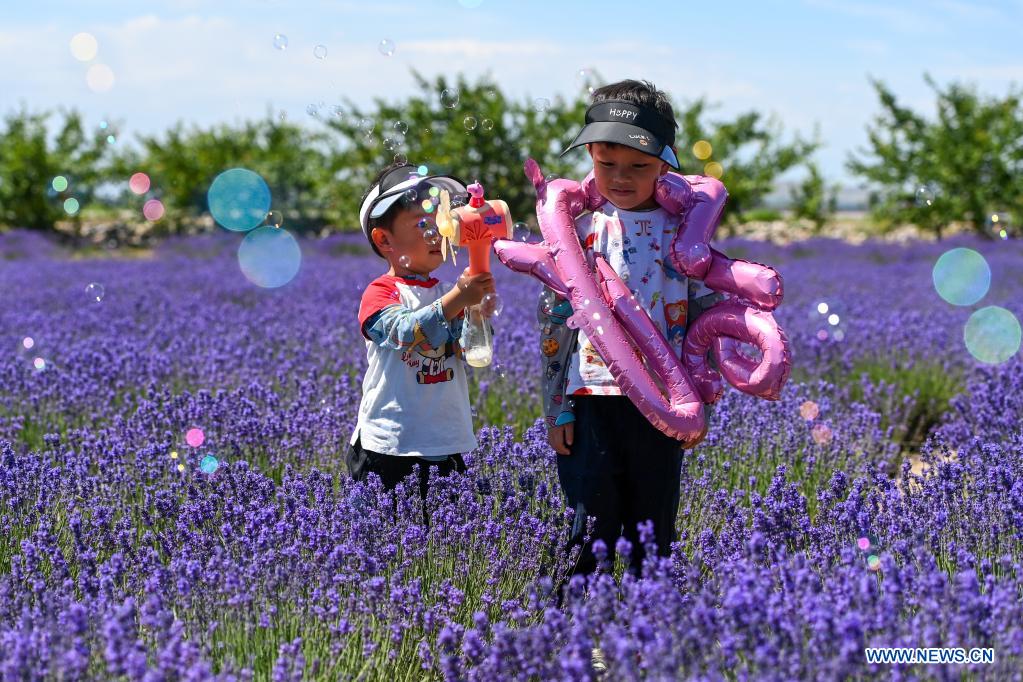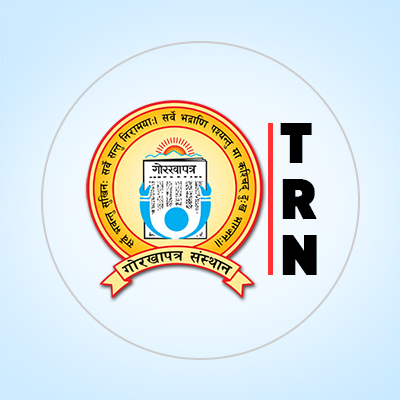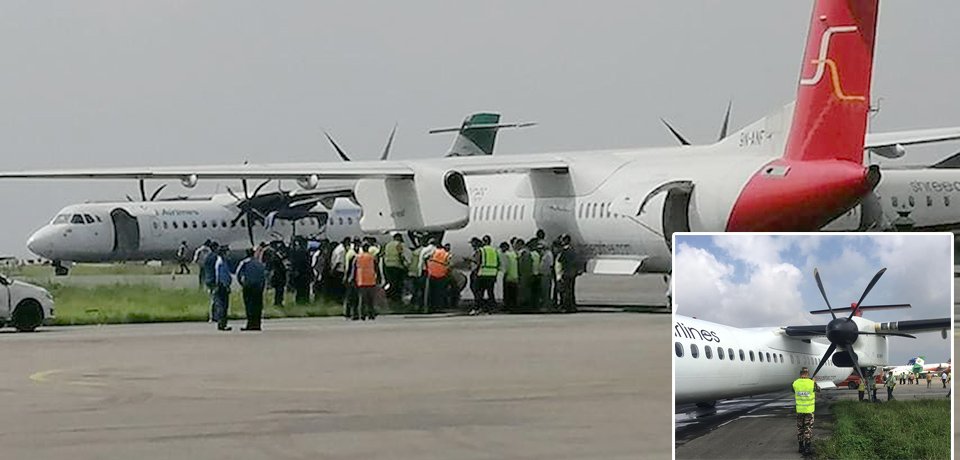Role of immigrants in social modernization of Xinjiang

Zong Wei and Yan Xiaorong
Xinjiang Uygur Autonomous Region is located in the northwest border of China, with an administrative division area of about 1.66 million square kilometers, accounting for one sixth of China’s total land area. Geographically, Xinjiang is located in the hinterland of the Eurasian continent, with a land border of more than 5,600 kilometers. Russia, Kazakhstan, Kyrgyzstan, Tajikistan, Pakistan, Mongolia, India and Afghanistan, all of which are neighboring China, have land borders with Xinjiang. In the intercourse history of ancient human civilization, Xinjiang was an important passageway linking the Central Asian countries on the ancient Silk Road, and now it has become the only way to the second “Eurasian Land Bridge”. At the same time, Xinjiang is also the main area where the Uygur, Kazak, Hui, Mongolia, Kirgiz, Xibe, Tajik, Uzbek, Manchu, Daur, tatar, Russian and other ethnic minorities are relatively concentrated in China. Since the Han Dynasty, Xinjiang has been a sacred and inseparable place on the Chinese territory. In 60 BC, the central government of the Western Han Dynasty established the Protectorate of the Western Regions, and Xinjiang officially became a part of Chinese territory. In 1884, the Qing government set up a province in Xinjiang. Xinjiang was peacefully liberated in 1949. On October 1st, 1955, Xinjiang Uygur Autonomous Region was established.
After the founding of the People’s Republic of China, Xinjiang’s population development entered a brand-new historical period. With the development of economy and society, the improvement of people’s living standards, especially the improvement of medical and health conditions, the population mortality rate in Xinjiang has dropped rapidly and the natural growth rate has increased substantially. Under the guidance of the Central government’s principles and policies of vigorously developing and building the border areas and accelerating the development of ethnic areas, a large number of intellectuals and young people actively responded to the State’s call to go to Xinjiang to support the border areas.
Under the dual factors of natural population growth and population inflow, the population of Xinjiang is growing rapidly. The preliminary summary data of the seventh national census in 2020 shows that the total population of Xinjiang is 25,852,300, the Han population is 10,920,100 and the minority population is 14,932,200. Compared with the sixth national census, in the past 10 years, Xinjiang’s population growth rate ranks fourth in the country, and its population increment ranks eighth in the country. The ranking of the total population has risen from 25th to 21st. From the perspective of education level, the average years of education of the population aged 15 and above in Xinjiang increased from 9.27 in 2010 to 10.11 in 2020, which was 0.2 years higher than the national average years of education of 9.91, ranking 10th in China. Compared with that in 2010, the number of people with university education per 100,000 population increased from 10,613 to 16,536. The number of people with high school education increased from 11,669 to 13,208. The number of people with junior high school education decreased from 36,241 to 31,559. The number of people with primary education decreased from 30085 to 28405.
After the establishment of Xinjiang Uygur Autonomous Region in 1955, the Communist Party of China (CPC) implemented the system of regional ethnic autonomy in Xinjiang, insisted that all ethnic groups were equal, and implemented a series of special support policies. The population of Uygur and other ethnic minorities entered the best development period in history. For example, according to the results of the seventh national census, the Uighur population is 11,624,257, accounting for 44.96%. Compared with that of the sixth national census, the Uighur population has increased by 1.623 million, with a growth rate of 16.2%.
After the founding of the People’s Republic of China, the mainland population continued to flow to Xinjiang. From the early days of the founding of the People’s Republic of China to 2005, the cumulative net immigration population in Xinjiang was 4,025,800, accounting for 25.53% of the total population growth in Xinjiang in the same period. According to the seventh census data, there are 8,051,404 floating population in the whole region, including 3,390,712 inter-provincial migrants and 4,660,692 floating population in the province. Compared with that in the sixth national census in 2010, the floating population increased by 4,061,118, an increase of 101.78%. These immigrants are composed of many ethnic groups, including Han nationality. These immigrants are composed of many nationalities, including the Han nationality. They are not only immigrants from official organizations, such as ecological immigrants, but also spontaneous immigrants, such as immigrants for commercial and trade reasons. Immigration has played an important role in the stability and modernization construction and development of Xinjiang.
First of all, it has strengthened China’s comprehensive border guards in Xinjiang. Xinjiang is the strategic barrier of northwest China, an important gateway for opening to the outside world, a key area for the development of the western region, and a bridgehead for the construction of the Belt and Road Initiative. Xinjiang is adjacent to 8 neighboring countries, with a long border line, close to the international major political forces, is the intersection of major religious forces. Xinjiang’s unique geographical location means that the stability of Xinjiang is directly related to the stability of the whole country. The historical emigration to Xinjiang is the continuation and expansion of the frontier policies of the central dynasties, with the main purpose of consolidating the frontier defense. After the founding of the People’s Republic of China, strengthening the border defense has become an important measure to maintain the stability of Xinjiang. Immigrants from the mainland to Xinjiang are distributed around Xinjiang and near the border line, and have played an irreplaceable role in the process of guarding and stabilizing the border areas.
Secondly, it has promoted exchanges among different ethnic groups, and enhanced the sense of community of the Chinese nation. The entry of mainland immigrants into Xinjiang has strengthened the communication and contact between the mainland and Xinjiang, and enhanced the interaction and recognition between the Central Plains culture and Xinjiang native culture. The scope and extent of ethnic exchange and integration have been enlarged and deepened, and work and production exchanges have continued to increase. The population of all ethnic groups has gradually spread out from regions to regions, population flows have become increasingly frequent, and mixed residences of all ethnic groups are more common. Policies have promoted the establishment of mutually embedded social structures and community environments, and promoted close and in-depth exchanges. The range of social communication has gradually expanded, and with the promotion of policies into family life, the number of intermarriage among ethnic groups is on the rise, the degree of communication and blending among ethnic groups has deepened, and cultural identity has become the foundation of national unity and national unity in multi-ethnic countries, which has enhanced the understanding and communication among members of the Chinese nation, enhancing the cohesion of the Chinese nation as a whole and forged the sense of community of the Chinese nation.
Thirdly, it has promoted Xinjiang’s economic development and become an important force in Xinjiang’s modernization and development. To promote the development of immigrants, development must be done by immigrants, and there is no exception at all times and all over the world. Xinjiang is sparsely populated, the social and economic conditions are underdeveloped, there are a lot of land reserve resources, and a lot of labor force is needed. The rapid population growth in the central and western regions has produced a large number of surplus population. This group began to move to Xinjiang for employment and development. At the same time, there are intellectuals, skilled talents and various investors who entered Xinjiang, as well as the largest group of migrant workers. For example, in the early 1990s, there was a wave of migrant workers who traveled back and forth between their hometown and Xinjiang. Since the new century, cotton pickers from Henan have become the most representative of this group.
The immigration of a large number of people from the mainland has brought advanced technologies and concepts, realized complementary advantages, increased the cultivated land area in the north and south of Xinjiang, changed the population living pattern and industrial pattern in Xinjiang, and became a solid foundation for the modernization transformation of agriculture and industry in Xinjiang. Xinjiang’s border trade is developed, and the income of “Wuqi Fair” (later changed to Asia-Europe Expo) has been the same as that of “Canton Fair” for many times, and Xinjiang has become the financial and logistics center connecting China with Central Asia and even Europe. It is conducive to the balanced development of the eastern and western parts of the country, building Xinjiang into the country’s largest base of high-quality commodity cotton, making China the world’s largest producer and exporter of textiles and clothing, as well as the national grain base, and making Xinjiang the core area of the “Silk Road” economic belt.
Fourthly, it prevents unstable factors and maintain social stability in Xinjiang. Xinjiang’s surrounding security situation is complex, and it is close to the international hotspot-prone areas, which is the key area of China’s geostrategic security. In recent years, a few separatists have used religion to stir up trouble, and religious extremism has become the main factor affecting social stability in Xinjiang, and social stability and long-term stability in Xinjiang have been seriously challenged. The ethnic minority population in Xinjiang is 14,932,247, accounting for 57.76% of the total population in Xinjiang, while the ethnic minority population in southern Xinjiang accounts for more than 90%. Immigrants from different regions and nationalities have changed the population structure and ethnic structure in Xinjiang. The advanced mode of production, lifestyle and diverse ideas brought by immigrants will inevitably greatly affect the local ethnic minorities. The increase of ethnic composition has resulted in the mixed residence of ethnic groups.
Frequent social exchanges among different ethnic groups have broken the originally closed and independent social environment in southern Xinjiang, greatly accelerating the pace of ethnic unity and ethnic integration, which is conducive to guiding young people to receive education, advocating women to participate in social work, and cadres to dare to work boldly. People of all ethnic groups dare to support and expose the social atmosphere of extreme religionism. There are many changes in gender equality, mastering work skills, learning languages, dressing and other aspects, and the phenomenon of extreme rejection of modernization has basically disappeared. It is conducive to guiding the masses to correctly distinguish between ethnic customs and religious extremes, normal religious activities and illegal religious activities, breaking the strong religious atmosphere and eradicating the breeding ground of extreme religions.
Since the founding of the People’s Republic of China, Xinjiang has made great achievements in various undertakings. The development of Xinjiang can not be separated from the immigrants from the eastern and central regions. With the implementation of various policies, the level of equalization of basic public services has been significantly improved, and the multi-level social security system has become more perfect. The population of Xinjiang, especially the minority population, will maintain steady growth, and the social stability dividend of Xinjiang will continue to be released.
(Zong is a special research fellow at the Area Studies Research Institute of Honghe University, and Yan is a Ph.D candidate at the School of Ethnology and Sociology, Mingzu University of China.)
Recent News

Do not make expressions casting dout on election: EC
14 Apr, 2022
CM Bhatta says may New Year 2079 BS inspire positive thinking
14 Apr, 2022
Three new cases, 44 recoveries in 24 hours
14 Apr, 2022
689 climbers of 84 teams so far acquire permits for climbing various peaks this spring season
14 Apr, 2022
How the rising cost of living crisis is impacting Nepal
14 Apr, 2022
US military confirms an interstellar meteor collided with Earth
14 Apr, 2022
Valneva Covid vaccine approved for use in UK
14 Apr, 2022
Chair Prachanda highlights need of unity among Maoist, Communist forces
14 Apr, 2022
Ranbir Kapoor and Alia Bhatt: Bollywood toasts star couple on wedding
14 Apr, 2022
President Bhandari confers decorations (Photo Feature)
14 Apr, 2022











